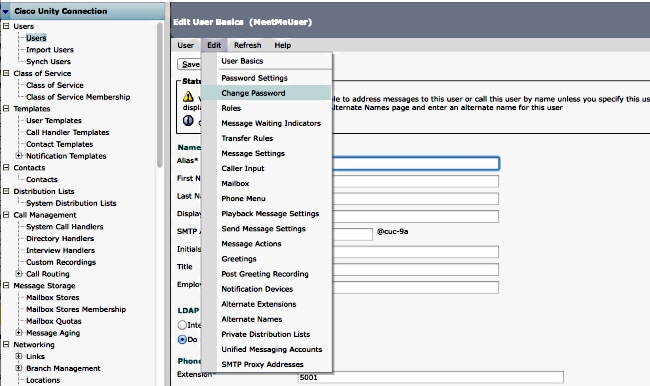

Then navigate to connected status > Mobility.Device > Device setting > soft key template > create new.Whether the employee is on pre-planned leave or a vacation, they can to do it as and when they want, secondly connected state whenever they want to transfer a call from their mobile phone to their office extension Herein, on-hook state allows users to turn on Mobile voice access on and off. Next, we’ll configure a soft key template: Two modes we’ll turn on the on-hook state and connected state.So, associate User ID, Remote Destination number and also the line number (which essentially should be your extension number). Device > Device Setting > Remote Destination Profile.Now, we will associate end user, remote destination profile and enable mobility along with mobile voice access, so that we can use the services.Mobile voice Access Partition = “PT_MVA_Test” (it should be accessible from the phones) >Media Resources >Mobile Voice Access.Now we will configure our MVA Directory Number remember which we gave in our service parameter:.


This service (MVA service), actuates MVA IVR on call manager. For example, the folks who are working from home, this is a lifeline for them is assuming they do not have Jabber or CIPC available with them.įirst let’s go through the basic understanding of how it works: When we place a call from our cell phone to the configured mobile voice access (MVA) number, it matches the POTS dial peer on our voice gateway which is associated with MVA service which we create on the gateway. We can also accumulate MVA with Single number reach, in this case the called party returns the call to the office extension number and then call manager routes call to the mobile (SNR Destination). However, to use the feature the user has to dial into the CUCM, authenticate (PIN: set for the user in end user section) and dial out. The caller ID would be DID number, not the users cell phone. In nutshell, mobile users would first access the CUCM to place outbound calls.By accessing Call manager from their mobile device, the end user can enjoin the system to place calls and have the call appear from their desk phone. Yes, the talked about topic quite a while ago. As-Needed Tasks section of Sequence of Administrative Tasks.Have heard about MVA(Mobile Voice access).Note: End users can login to CUE not CCA. Navigate to Configure > Users, select the username and there, you can see where you can set the "PIN".Now log into the web page for Cisco Unity Express as enduser with the new password.Navigate to Configuration > Telephony > Users and Extensions > Users and Phones.First to reset the password login to CCA (Cisco Configuration Assistant software) as Administrator.VM password changes/reset inside CCA?įollow the steps below if the password for web access and the pin which is used for voicemail is unknown. Click on Configure > Users, and select the user. To change a user's voice mail box password through GUI, log in to the CUE GUI. Select the appropriate user, and reset the PIN and password to the desired values.Log in as your CUE Administrator account.To change the voice mail password using the GUI, perform these steps: Make sure you save the changes to CUE after the change. This is an example on the Cisco Unity Express (CUE) module: To change the voice mail password using the CLI, refer to this configuration: You can reset the password of a user voice mail using the Graphical User Interface (GUI) or Command Line Interface (CLI) (in exec mode). The password is for the web access, and the PIN is for voicemail. This problem arises if the user changes the password instead of the PIN.


 0 kommentar(er)
0 kommentar(er)
